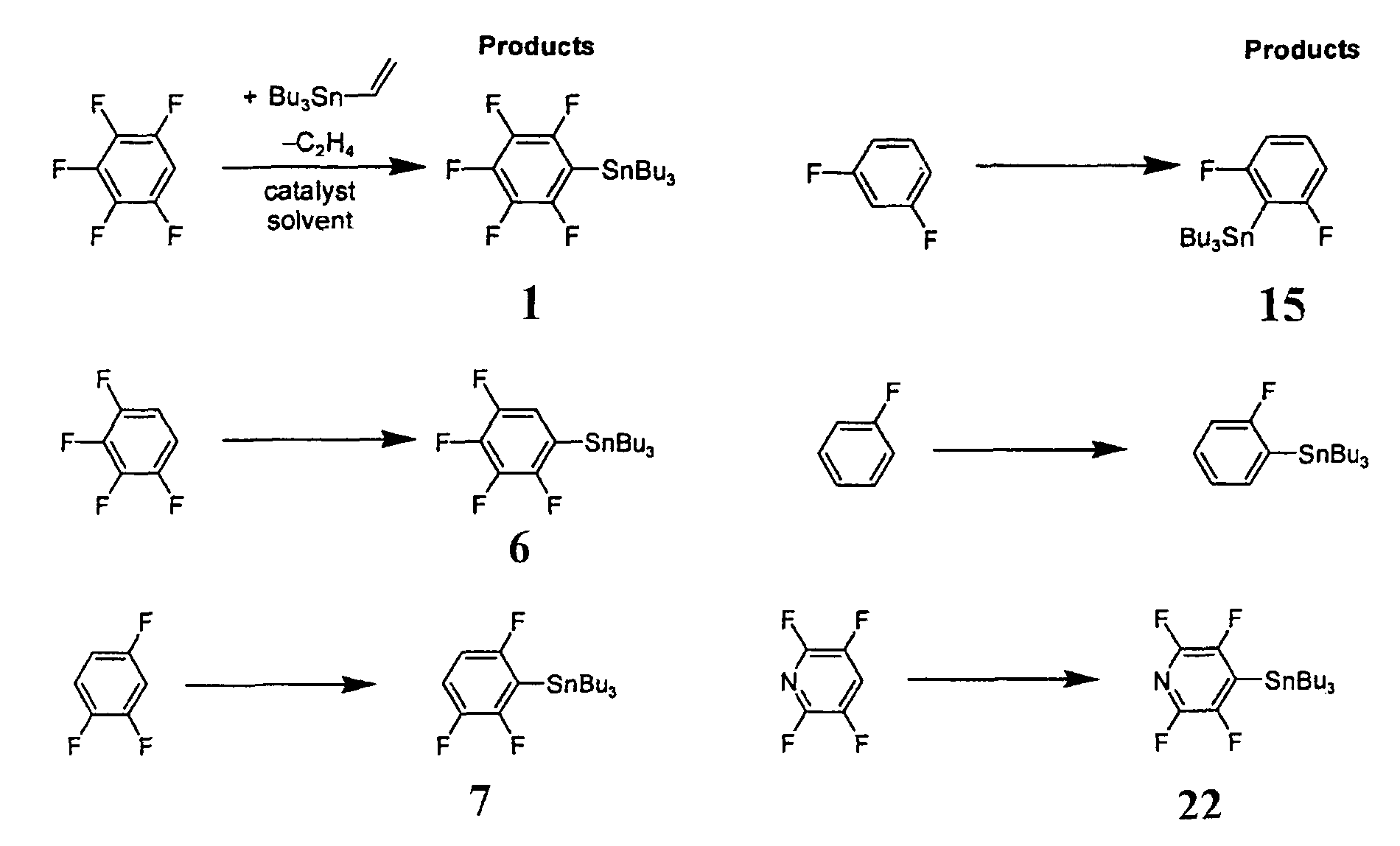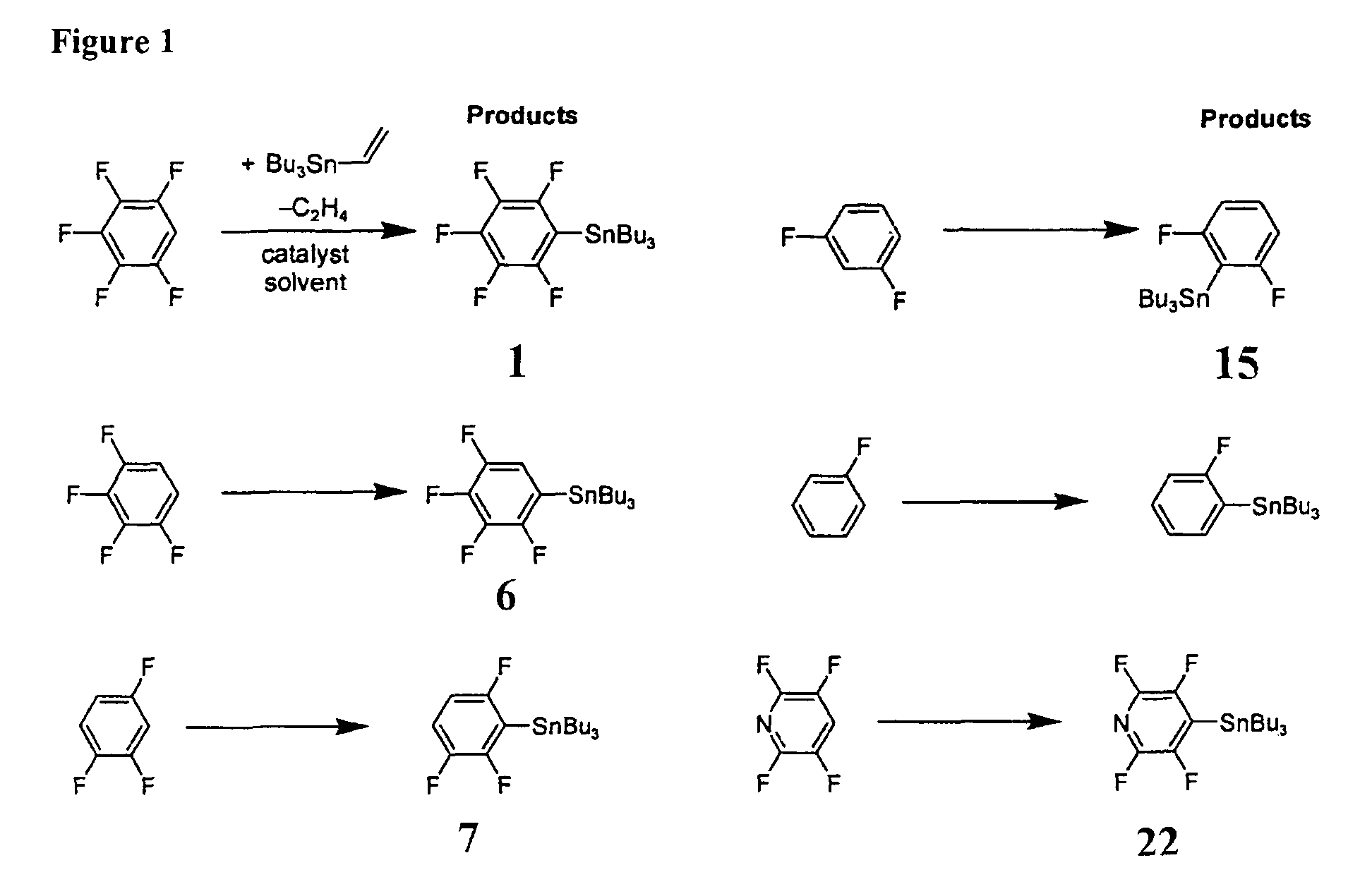Regioselective catalytic conversion of hydrocarbons to versatile synthetic reagents via C-H bond functionalization
a technology of c-h bond and hydrocarbon conversion, which is applied in the direction of silicon organic compounds, chemistry apparatus and processes, and group 4/14 element organic compounds, etc., can solve the problems of low product yield and foregoing boron chemistry to create c-h bonds. , to achieve the effect of minimizing harmful reaction intermediates or by-products, low energy input and cos
- Summary
- Abstract
- Description
- Claims
- Application Information
AI Technical Summary
Benefits of technology
Problems solved by technology
Method used
Image
Examples
Embodiment Construction
[0058]The most preferred embodiments of the present invention are henceforth described with reference to FIGS. 1 to 3. The most preferred embodiments are provided as mere examples which are in no way intended to limit the scope of the present invention. It will be readily apparent to a person skilled in the art that variations and modifications may be made to the most preferred embodiments within the scope of the present invention.
[0059]In a first example process, a single-step catalytic stannylation of a fluorinated arene compound was achieved using Bu3Sn(CH═CH2) or Me3Sn(CH═CH2) as a first organometallic compound in the presence of Ni(COD)2 with at least one of MeNC5H4NiPr and PiPr3 as a catalyst as follows:
[0060]
[0061]The preferred reaction advantageously shows quantitative functionalization and may be performed using as little as 1 mol % of Ni(COD)2 and MeNC5H4NiPr to go to completion. Test reactions were run at room temperature and yielded ethylene as a by-product. The reaction...
PUM
| Property | Measurement | Unit |
|---|---|---|
| temperature | aaaaa | aaaaa |
| temperature | aaaaa | aaaaa |
| chemical | aaaaa | aaaaa |
Abstract
Description
Claims
Application Information
 Login to View More
Login to View More - R&D
- Intellectual Property
- Life Sciences
- Materials
- Tech Scout
- Unparalleled Data Quality
- Higher Quality Content
- 60% Fewer Hallucinations
Browse by: Latest US Patents, China's latest patents, Technical Efficacy Thesaurus, Application Domain, Technology Topic, Popular Technical Reports.
© 2025 PatSnap. All rights reserved.Legal|Privacy policy|Modern Slavery Act Transparency Statement|Sitemap|About US| Contact US: help@patsnap.com



